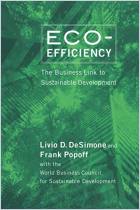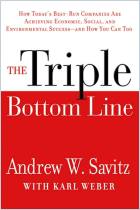Companies that go green benefit from a wide range of competitive advantages, including long-term cost reduction and new commercial opportunities. Today, customers and employees expect – indeed, demand – that organizations improve their environmental practices. The best way to move ahead, according to Brett Wills in this hands-on book, is becoming “lean and green.” Wills guides you through the specific steps your firm must take to achieve environmental sustainability. Cleaning up the Earth will require real effort on the part of the business community. getAbstract thinks this manual gives you some helpful ideas on how to get started, and recommends it to executives and operations managers.
Green Is Great
Sound environmental management practices can help protect the Earth from pollution and contamination. In 1987, activists and government leaders came together to create the Montreal Protocol, an agreement to eliminate CFCs – chlorofluorocarbon gases that deplete the ozone layer. As a result, the dangerous hole in the ozone layer that CFCs caused now grows smaller each year. In time, it will disappear. However, politicians and activists cannot halt other kinds of environmental degradation by themselves.
The business community must become involved. Unfortunately, many executives believe that going green is wildly expensive and laughably impractical, and that it will not make a substantial difference anyway. They are wrong. Environmental management makes eminent business sense. Cutting waste can vastly improve your bottom line. Green companies will surpass and even lap their nongreen competitors. Despite their current state of denial, stuck-in-the-mud firms will eventually have to go green, either because of legislative fiats or changing environmental conditions. The strong business case for sustainability includes these factors:

















Comment on this summary or Démarrer une discussion